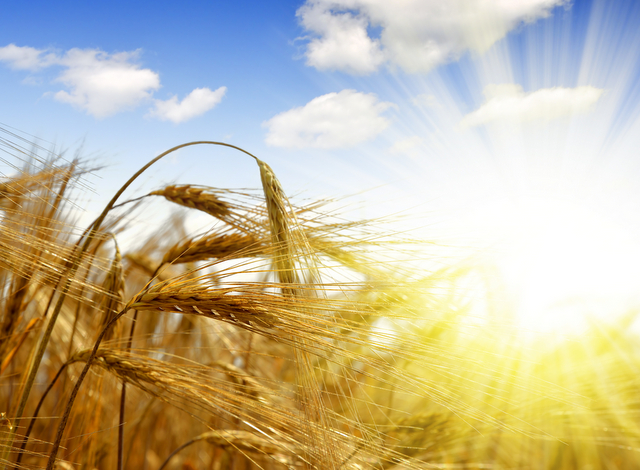
Being a farmer is one of the toughest occupations in America. Let’s set aside the enormous knowledge base and physicality of the job. Just deciphering the ups and downs of ag commodities is maddening. How much do you plant? What do you plant? What varieties of that plant are selling? How much is it selling for? Then there’s the weather. Oh boy. Has anyone noticed that our world seems to be in a state of pre-Apocalypse? Dramatic weather events and global warming are making traditional weather patterns a guessing game for farmers around the world. Just consider it actually snowed in the Sahara this week.
For fun: Take a gander at this recent report from the American Meteorological Society: “Human influence on climate led to several major weather extremes in 2016.”
Barley farmers, in particular, have had a rough couple of decades. In the last 20 years, the large pool of malting barley varieties has declined dramatically (the American Malting Barley Association recommended growing only these eight varieties for 2018). Competition from other crops, government programs and the loss of traditional feed barley markets are just a few of the reasons for the decline in acreage. Malting barley is high-risk crop because a) it has required quality factors and b) can be severely impacted by disease stresses and the weather.
And the weather has been cruel of late, yet the words “climate change” are still tough for barley farmers to chew on and swallow. In December, food and climate reporter Ari LeVaux pulled together an excellent feature on climate change and Montana barley farmers (the article was in collaboration with The Weather Channel and the Food and Environment Reporting Network). From the feature “Climate change threatens Montana’s barley farmers — and possibly your beer”:
The farmers know something is happening to the weather, but the words “climate change” have become politically charged in a place where, like much of rural America, conservative politics dominate. Farmers will talk about the flash drought or the unpredictable rains, but for most, “climate change” is easier to joke about than acknowledge.
“At least climate change isn’t taking away our fried pork chop sandwiches,” said one farmer back at Les’ Bar. “Mother Nature is really [messing] with us,” concluded another between bites. “What’s a normal year even like?” asked another.
Growing barley is a process of balance. Controlling germination is crucial. In simple terms, malting is a process where you start the germination of barley seeds just long enough to turn starches into sugars. Maltsters seek to control that germinating process deftly. They seek to sprout the barley seeds just enough and then halt them from germinating further by drying those seeds with hot air (usually in a kiln). They certainly don’t want germination happening the field. That’s what happened in 2014. This week 90.9 WBUR-FM (Boston’s NPR news station) interviewed LeVaux on Here and Now about the subject:
“The problem with germinating so easily is that, if the crop is ripe in the field ready for harvest, if rain comes at the wrong time, then the whole crop can sprout in the field. That’s useless to a maltster. They like it all inside and controlled. That’s what happened in 2014. Everyone’s barley was ready for harvest, and all of a sudden this storm came out of nowhere and ripped up the Rocky Mountain Front all the way from Idaho up into Canada, straight through the heart of malt barley country, and just whacked the entire crop.”
Volatile weather patterns (among other factors already mentioned) have pushed barley acreage down to some of its lowest levels in 70 years. In the USDA’s Prospective Plantings report (released March 2017): Growers intended to plant 690,000 acres of barley in 2017, down 300,000 acres from last year’s actual plantings, and the lowest plantings since 1953. The next Prospective Plantings report comes out March 29, so we’ll keep you updated.
Every industry has its struggles, but how much of barley’s hurdles has to do with climate change?
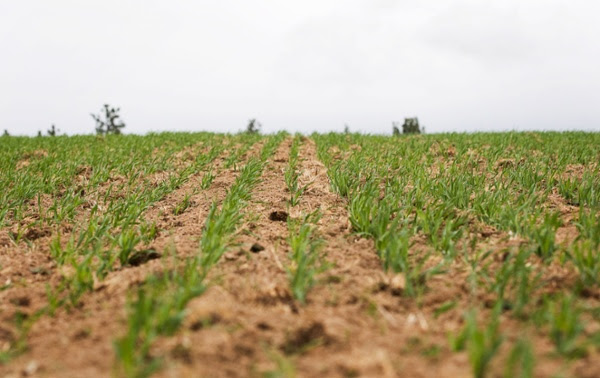
Interestingly enough, the Montana Farmers Union hired a team of economists in 2016, including University of Montana’s economics professor Thomas Power, to try and figure out the impact of climate change on the state’s farming and cattle community — The Impact of Climate Change on Montana’s Agriculture Economy (released Feb. 24, 2016). From that report:
Warmer springs and the delay in the first hard frost in the fall might be interpreted to mean that Montana will face a longer growing season. Since carbon dioxide (CO2) in the atmosphere is a crucial input to plant photosynthesis, high concentrations of CO2 could also be seen as productive “fertilizer” for crops and forage for cattle on rangelands.
This is unlikely to be the case. The seasonal pattern of changes in temperatures and precipitation will favor rapid growth of plants in the spring and then hot dry summers that severely stress the plants. In addition, the carbon in the atmosphere has to combine with nitrogen in the soil to produce high yields of nutritious plants. As discussed in this report nitrogen depletion may prevent this. In addition the hot, dry weather and increased CO2 concentrations will favor invasive species and plants unpalatable to livestock. The desiccation of early, fast-growing plants will increase rangeland wildfires, which, in turn, will encourage a degradation of the vegetation on rangeland for cattle. Similar problems will occur with grain production with spring wheat harvested in the fall being initially hardest hit by the hot dry summers. Winter wheat ultimately will also be negatively impacted.
The economic impact of these consequences of climate change on Montana’s two primary agricultural sectors is projected to be a 20 percent decline in rangeland cattle production and a 25 percent reduction in grain production. The economic losses associated with this aspect of climate change would be the loss of about 25,000 jobs and $736 million in labor earnings by mid-century.
Those are some incredible, eye-popping numbers, but for a lot of farmers out West, climate change is still a politicized buzz word that they’re not yet willing to embrace, regardless of reports. From the 90.9 WBUR-FM interview:
“It’s still a taboo subject in red-state America. Nobody wants to use it, even though they see it happening all around them. So they come up with different ways of talking about what’s happening around them, like, ‘The weather sure is different,’ or, ‘unseasonable,’ or, ‘Mother Nature is really effing with us.’ Maybe you could say, ‘Well, the climate’s kinda changing a little bit.’ But you couldn’t say ‘climate change.’ “
It’s not surprising really. There are a lot of people still not convinced climate change is a real thing. For example: The President of the United States,
In the East, it could be the COLDEST New Year’s Eve on record. Perhaps we could use a little bit of that good old Global Warming that our Country, but not other countries, was going to pay TRILLIONS OF DOLLARS to protect against. Bundle up!
— Donald J. Trump (@realDonaldTrump) December 29, 2017
Just this morning.
Report: The Trump administration has eliminated or replaced references to climate change, renewable energy and similar topics on websites across the federal government https://t.co/o4KKoeQoJx pic.twitter.com/Mir0oUpvPZ
— CNN Politics (@CNNPolitics) January 10, 2018

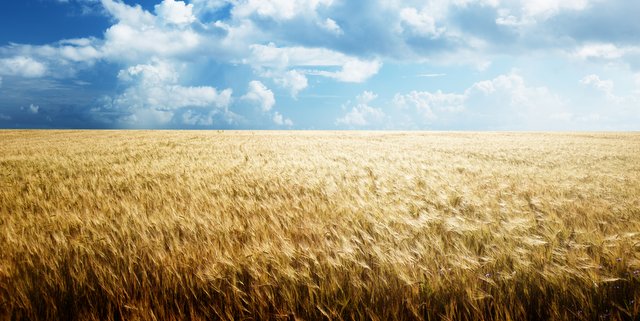
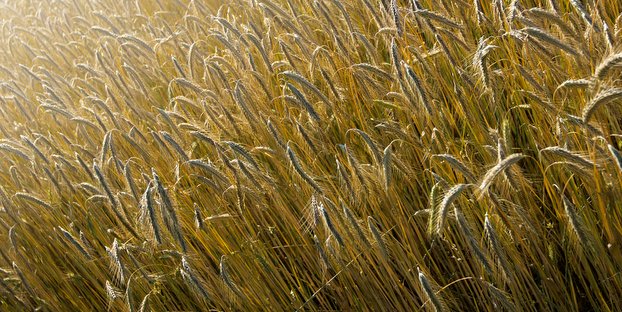
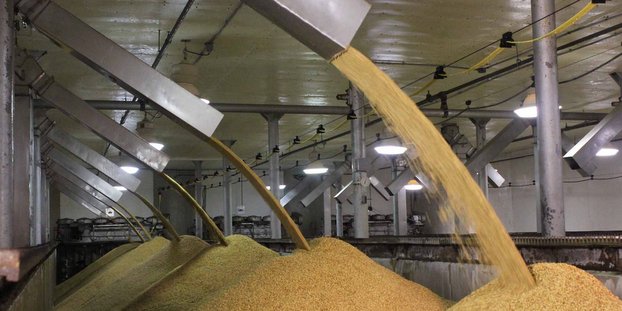
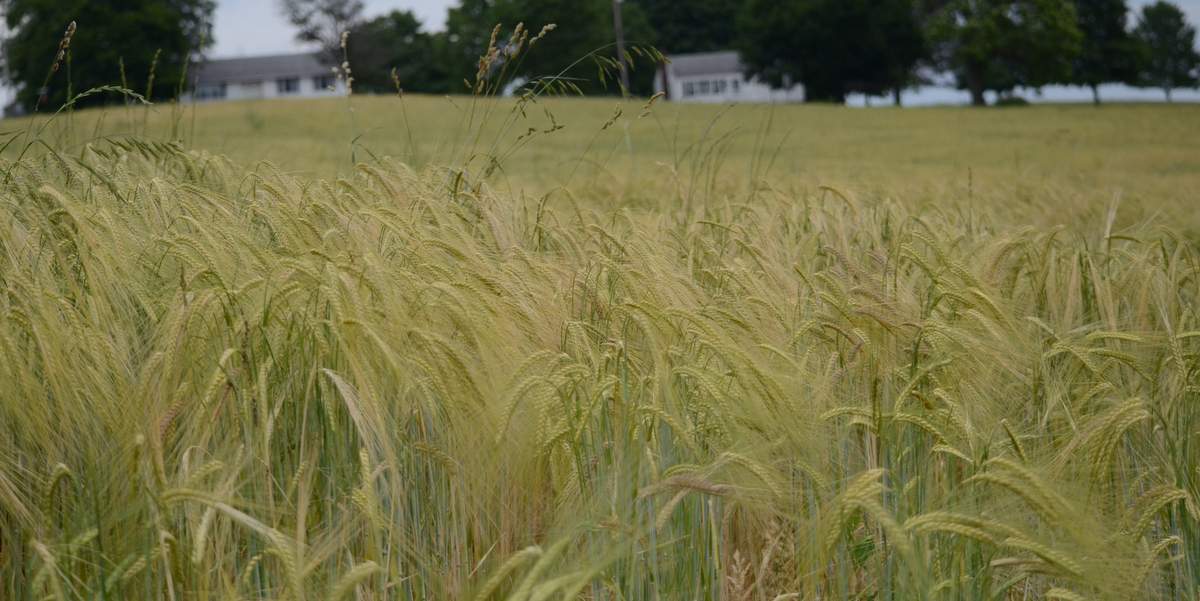
Patrick Cairney says
Not good